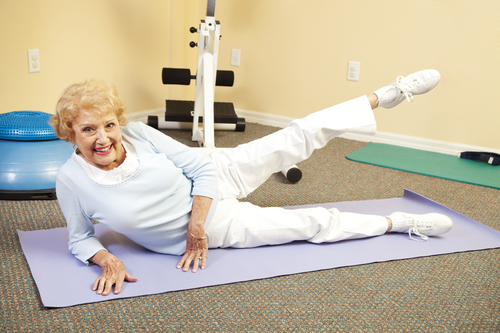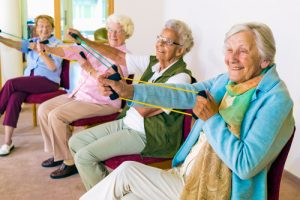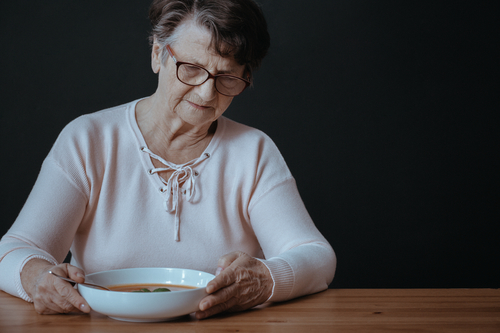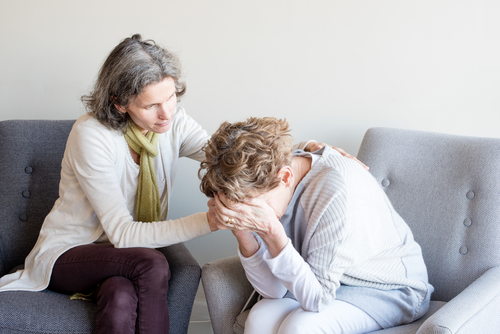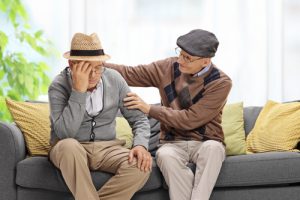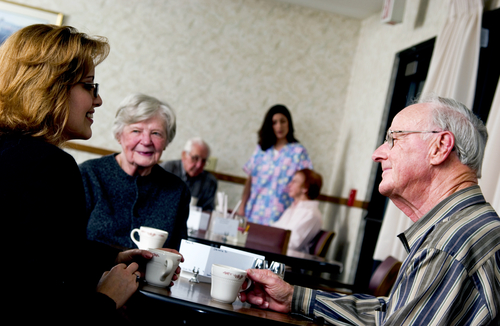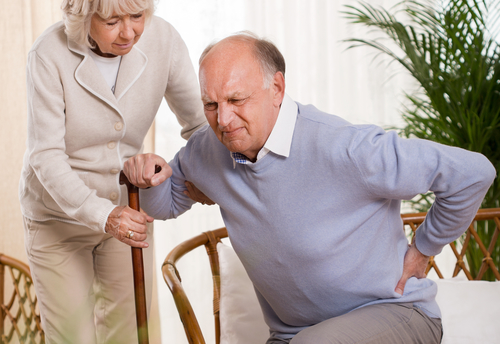
Medication is such an important aspect to our health, especially for seniors. They can also be extremely dangerous to health as well. Medication errors are one of the top reasons that seniors are sent to the hospital. Here are 6 types of drugs older adults should avoid.
Why Medication Can Be So Hard to Prescribe
Prescribing medications for people who are 65 and older can be hard. They can cause more side effects in older people than in younger. As your body gets older, it takes in medication differently.
It’s even harder because now there are only 7,500 physicians in America that specialize in older adults. This statistic is by the American Geriatrics Society. There are 46 million Americans that are seniors. This equates to around 6,100 patients per doctor.
This will only get worse. The senior population is going to grow more and more.
6 Types of Drugs Older Adults Should Avoid
There are 6 classes of medications that can be a problem for older adults.
1. Benzodiazepines:
These are often over prescribed for anxiety and sleep disorders. Some drugs in this class are diazepam (Valium), lorazepam (Ativan), alpraxolam (Xanax), and chlordiazepoxide (Librium.) These medications can cause confusion and increase the risk of falling.
2. Non-Benzodiazepines:
These are prescribed for insomnia. Look out for Zolpidem (Ambien), zaleplon (Sonata), and eszopiclone (Lunesta.) These are highly addictive and can cause odd sleep behaviors like sleepwalking.
3. Anticholinergics:
Drugs in this class are diphenhydramine (Benadryl), acetaminophen with diphenhydramine (Tylenol PM), and some muscle relaxers that have diphenhydramine (an antihistamine.) These can cause confusion, constipation, dry mouth, blurry vision, or urine retention in older adults. Too much exposure to these drugs can lead to dementia.
4. Nonsteroidal anti-inflammatory drugs:
These drugs are not recommended for long term use. Ibuprofen (Motrin), naproxen (Aleeve), aspirin, and other drugs in this class are tough on kidneys. They also increase the possibility of stomach bleeding. If you need help managing pain for arthritis, try Tylenol, physical therapy, acupuncture, aquatic therapy, or acupressure.
5. Antipsychotics:
These drugs are used to help treat serious mental heath conditions. The problem is that they are often overprescribed for mild agitation, anxiety, or depression. If you have to take them, start with the lowest dosage.
6. Old drugs:
Barbiturates aren’t really prescribed anymore, but these sedatives are still available and highly addictive both physically and psychologically.
Blood pressure medications can also cause fatigue or lead to falls.
Remember to never hide anything from your doctor and keep a updated medication and allergy list.
Read more about these drugs here.









